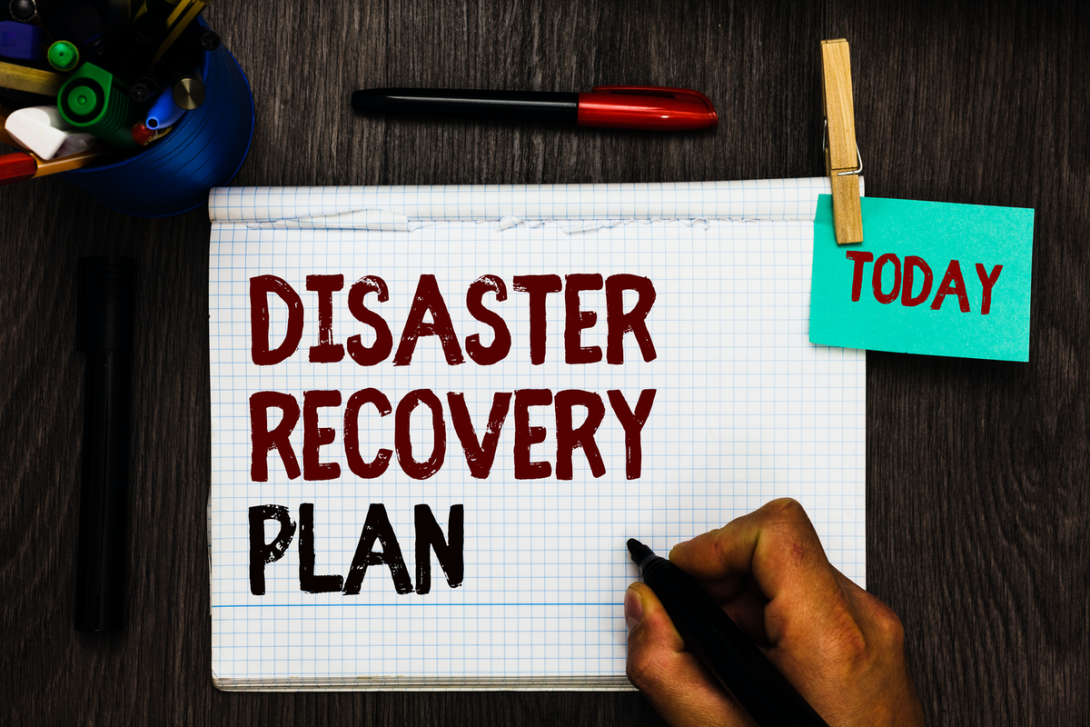
As the number of diagnosis and deaths from the COVID Pandemic decrease, we face an economic recovery challenge of unprecedented scale. The challenge for each small business is how do they participate in recovery:
- Lone wolf
- Community leader
- Piggyback
- Do nothing
While talking with many businesses in different states, the general thought has been that the future is not clear. Nothing is certain. Going forward will face a new ‘normal’ or ‘abnormal’.
Most of these small businesses speak from a narrow perspective of themselves. Perfectly understandable. When your business is getting beat up by the Pandemic, government closure mandates and customer changes in thinking, it is hard to think beyond yourself.
However, all available information on disaster recovery demonstrates that working together (at the community level) is better than working alone.
Working together will result in an economic recovery project.
- Leadership – Someone must take the lead in organizing the project. This maybe you as an entrepreneur, a chamber of commerce or economic development agency or a social or religious organization. Whoever takes on this challenge must be able to act quickly, deal with competition for scare resources and deal with a full spectrum of agendas, opinions and personalities.
- Communications – A system must be established to share news, action items and request for assistance/participation. This may require a new website but would be better off taking advantage of an existing organization’s communication channel. This may be a chamber of commerce, a Meetup group, a blogger/podcaster or local celebrity. The system must be capable of both sending information and collecting responses, volunteer commitments, organizing meetings and events.
- Project Selection – Economic recovery will center around one or more projects that creates jobs and cascades economic activity through the community. A project may be as simple as opening a local restaurant or as complex as building a new industrial park. Leadership should set and publish a list of criteria for projects, solicit nominations and initiate projects as resources become available. It is important to get a project started as soon as possible so that the community ‘is open for business’.
- Collaboration – The greatest challenge will be to work together, transparently with the greater good of the community serving as a compass for all activities.
My bias is in favor of private sector leadership in order to get things done quickly. However, many economic recovery activities are dependent upon government authorization or approval so local government must be included in key decision making. Available information on disaster recovery strongly favors involvement of social or religious organizations.
There is a scarcity of information on post-disaster economic recovery. This is partly because many communities lacked a continuity plan prior to a disaster. It also is recognition that few plans can accurately anticipate all the problems caused by a disaster. All observers agree that there is no certainty about the right course of action. Every action is an experiment. However, action is necessary.
I have been looking for existing knowledge sources and have found the following:
- Disaster Recovery, Crisis Response and Business Continuity: A Management Reference; Jamie Watters
- The Disaster Recovery Handbook; Michael Wallace and Lawrence Webber
- Community Revival in the Wake of Disaster: Lessons in Local Entrepreneurship; Virgil Henry Storr, Stefanie Haeffele-Balch and Laura Grube
- Rural Employment Trends in Recession and Recovery; Tom Hertz, Lorin Jusmin, Alex Marre and Tim Parker
- Creating Opportunities for Small Businesses in an Economic Recovery; Committee on Small Business, United States House of Representatives (2008)
People looking for examples of how to frame an economic recovery project may look to communities that have taken advantage of Opportunity Zone investing. These communities reacted to what may be viewed as a slow disaster. With their communities in distress and lagging behind, they recruited investors to roll over capital gains into investments within their communities to enable a turnaround. An example of an Opportunity Zone community collaboration is the Dayton Arcade - https://www.arcadedayton.com/inthenews - a redevelopment project that created commercial space and workforce housing with a combination of funding from different sources.
Framing an economic recovery project will be the principal topic of the next free Small Business Pandemic Survival & Recovery Webinar presented by Karl Dakin and produced by the Capital Innovation & Technology Institute that will be held at 9 am MDST (Denver) on Thursday, April 30 at Knowledge Avatars in a Virbela virtual office platform. You may register now at https://knowledgeavatars.com/Pandemic_Survival_and_Recovery_Webinars.
Karl Dakin
Capital Innovation & Technology Institute LLC
kdakin@capitalinnovation.institute
http://www.capitalinnovation.institute
The Capital Innovation & Technology Institute now offers for sale the Small Business Pandemic Survival & Recovery Kit with information on development of a capital strategy and accessing funding from government disaster relief programs.
This article was first published on LinkedIn on April 27, 2020 at